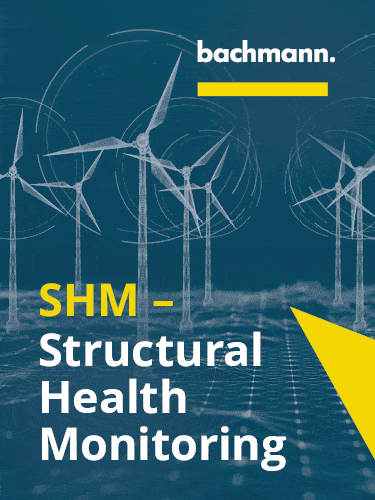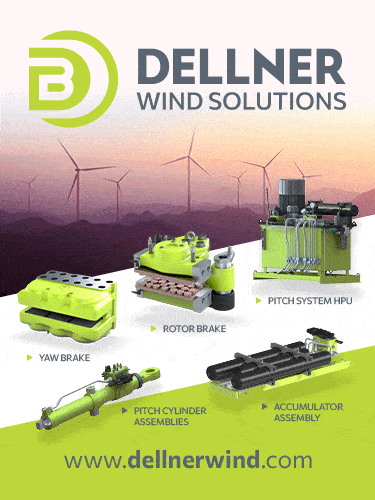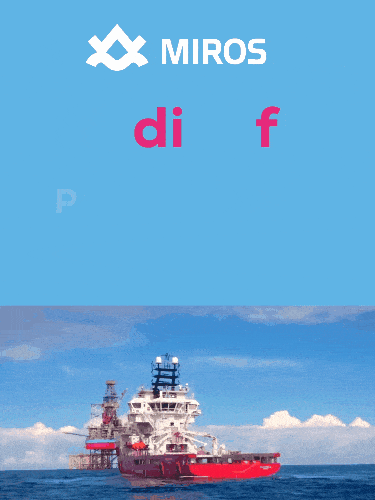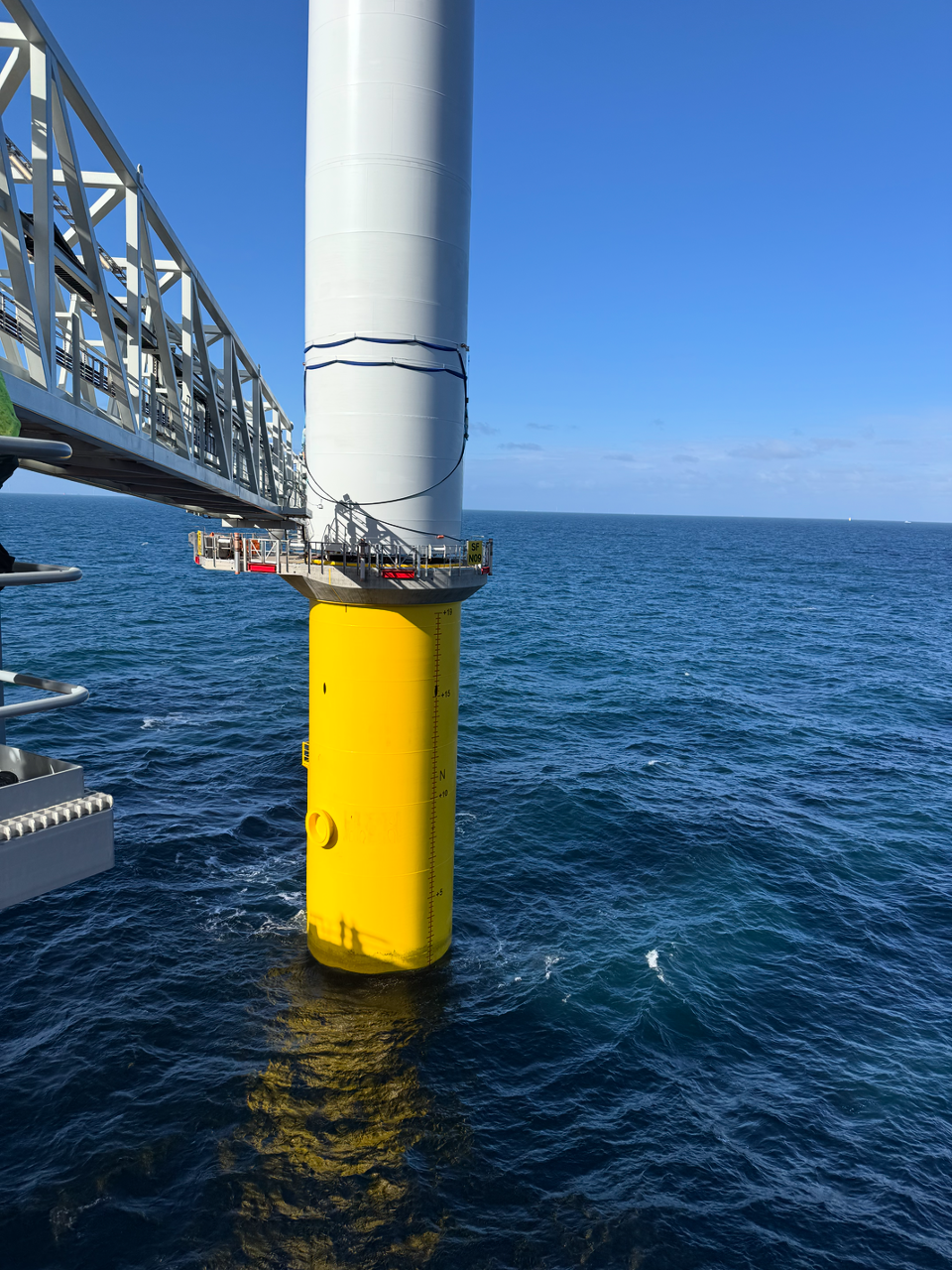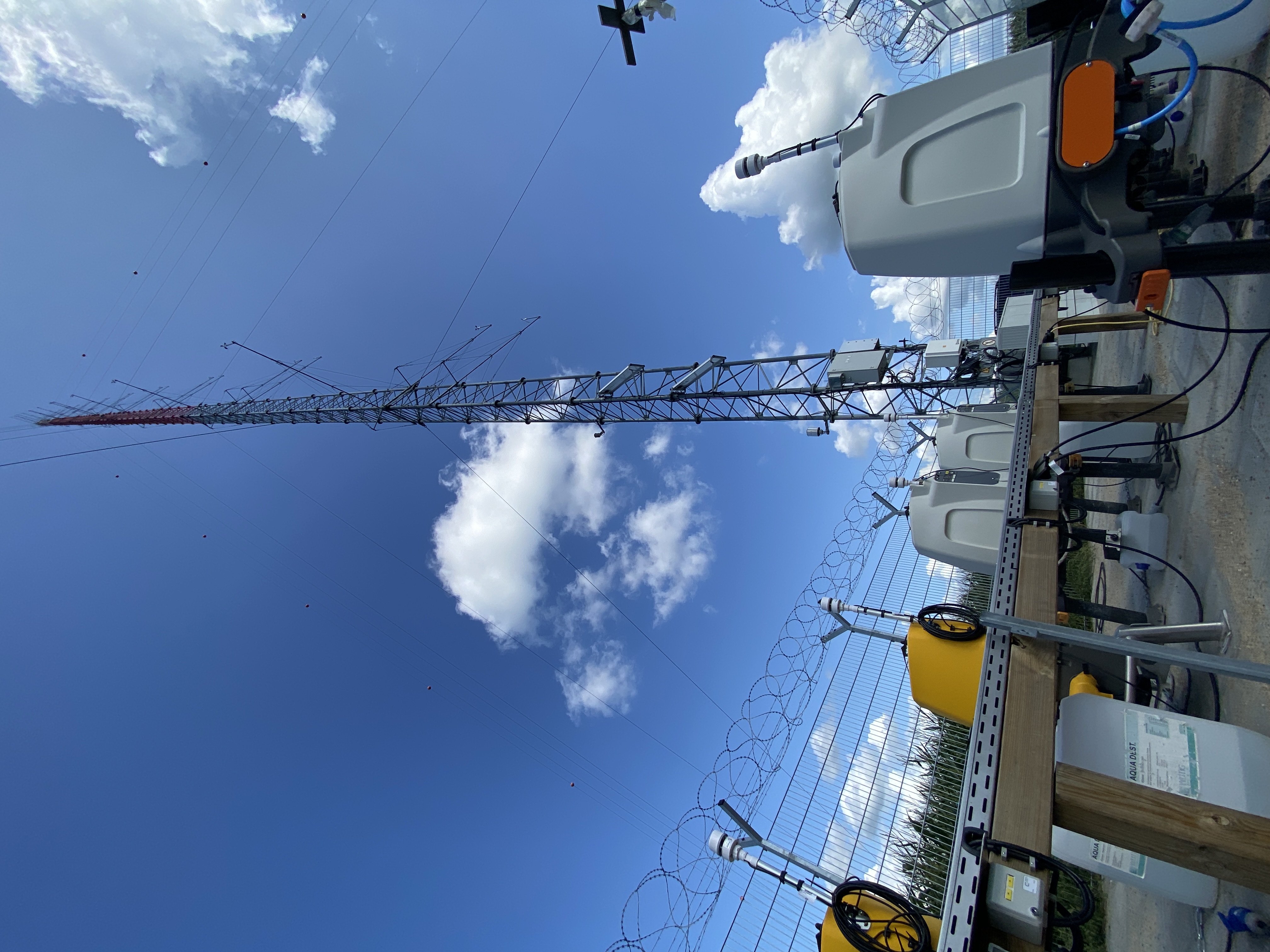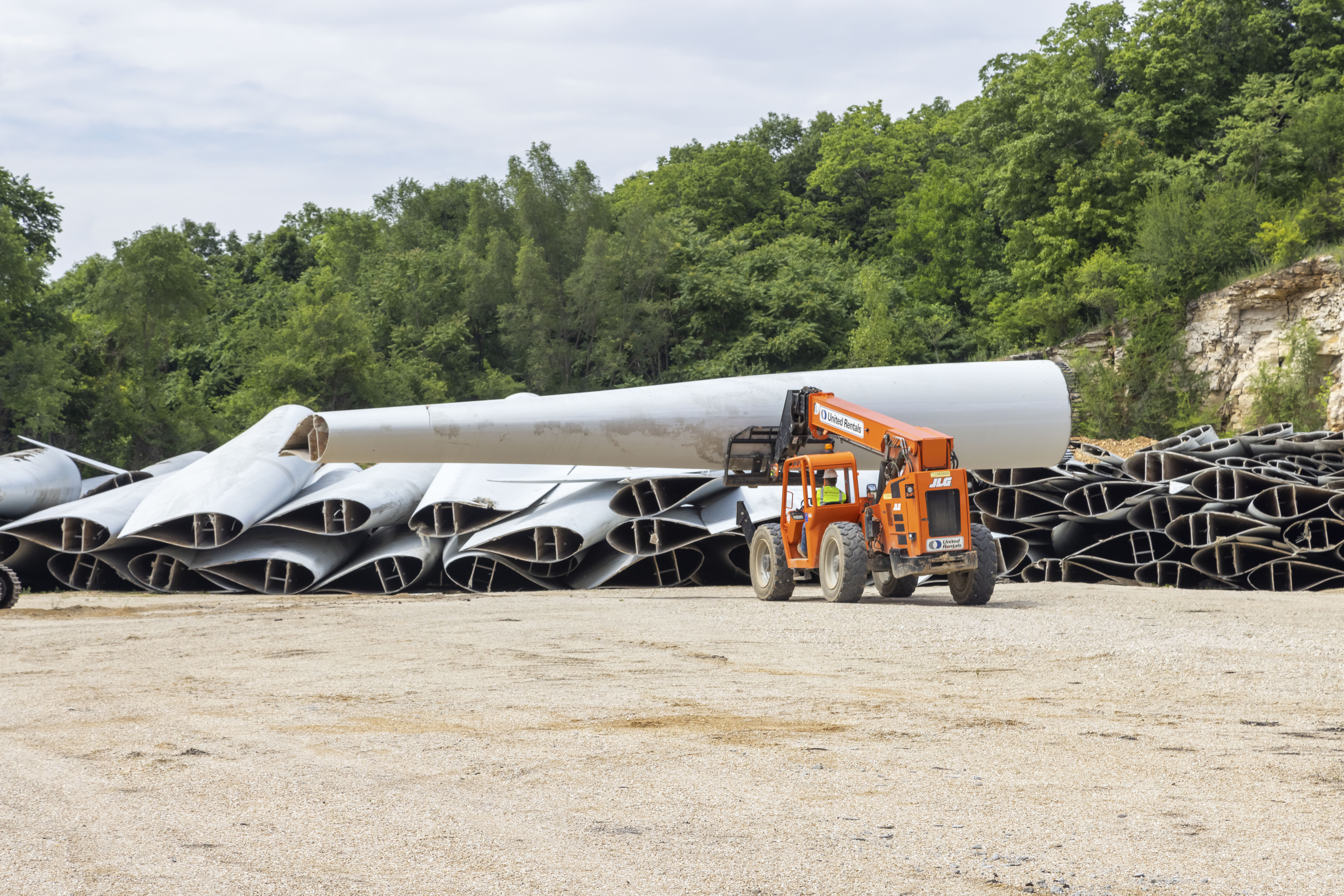Exclusive Articles
Shiny new giants: accredited yield turns repowering into bankable energy
Published in: Wind, Talking Point, Exclusive Articles
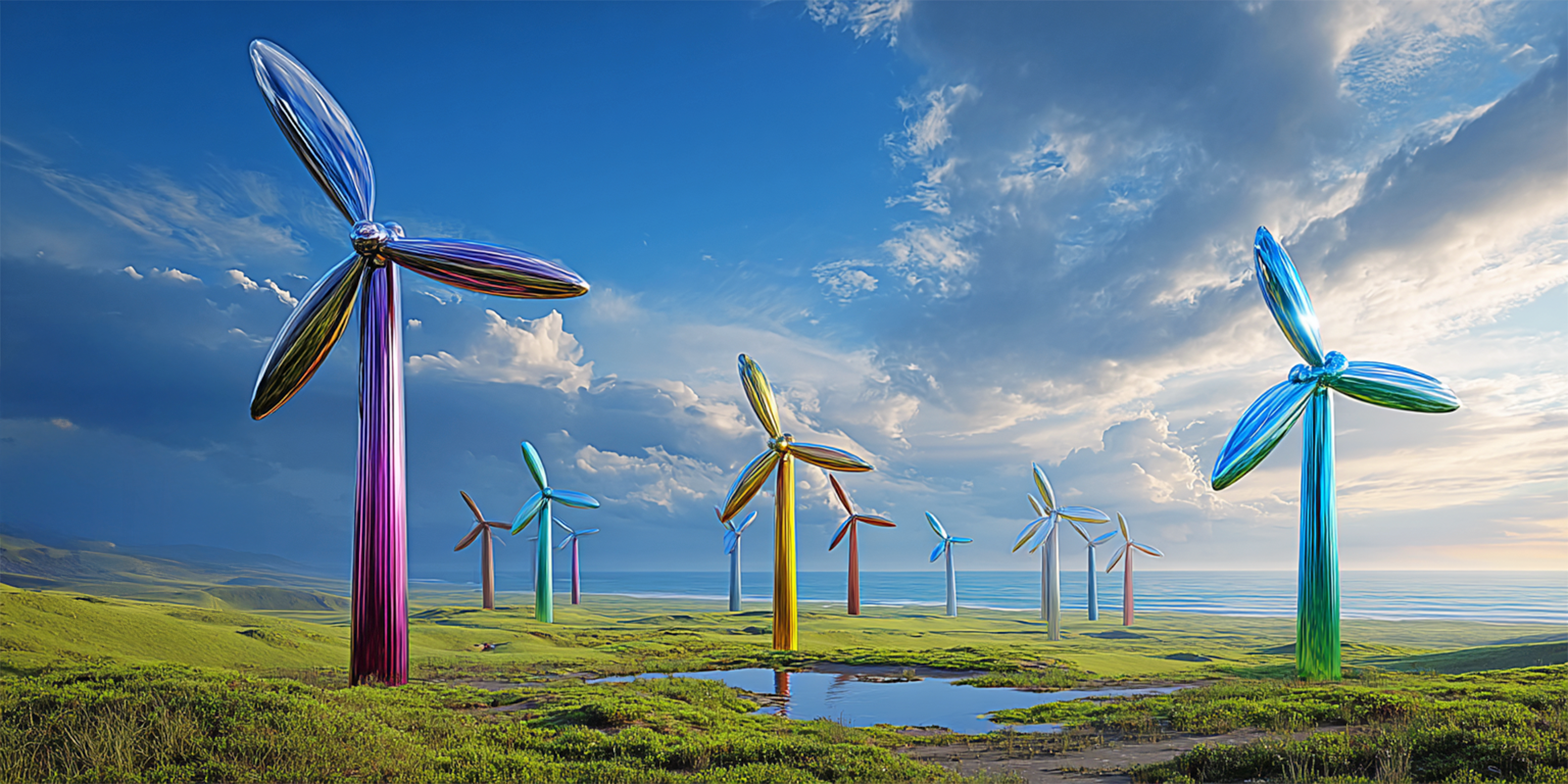
Repowering is reshaping Germany’s wind sector: smaller pioneers are giving way to high-capacity giants, but only accredited yield assessments turn those megawatts into bankable energy. From early experiments on the North Sea coast to today’s accredited frameworks, Germany shows how credible data, rigorous standards, and a repowering strategy can keep wind a backbone of the energy mix.
On a narrow strip of land between sky and sea, Germany’s first wind park went live: the Windenergiepark Westküste at Kaiser-Wilhelm-Koog. In August 1987, thirty small machines began turning in the salt air where the giant GROWIAN test turbine had just bowed out: a modest start that nevertheless set a course for decades. From that windswept edge of Schleswig-Holstein, modern German wind grew up, moved inland and matured.
Today the scale is national. By 1st January 2025, Germany counted 30,243 wind turbines with 69,475 MW installed, onshore and offshore. In 2024 wind generated 136.4 TWh, supplying about 33% of the country’s electricity. The North Sea still bites, but wind is now a backbone resource.
Yet the fleet is ageing. Many onshore turbines have moved beyond subsidy support, and repowering has become the practical way to keep output rising on limited land. In the first half of 2025, Germany commissioned 409 onshore turbines adding 2,202 MW; 777 MW of that, roughly one-third, came from repowering. Decommissioning removed 326 MW, leaving a net 1,876 MW and a mid-year total of 65,344 MW across 28,925 turbines. Momentum is back, but every new megawatt has to work harder.
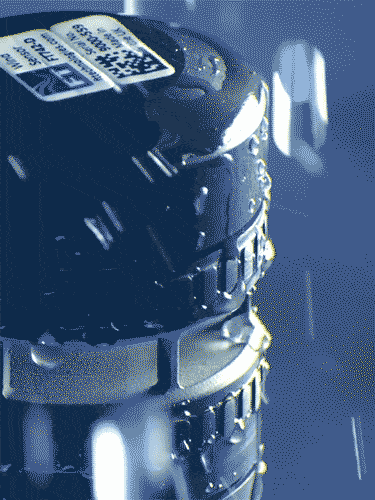

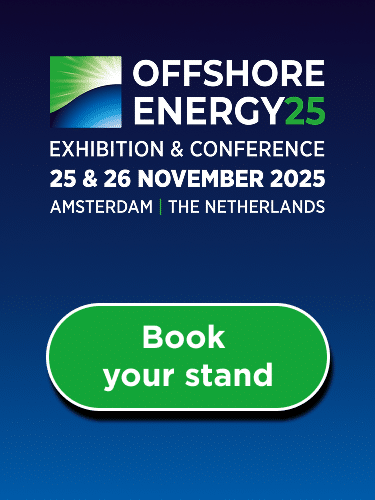

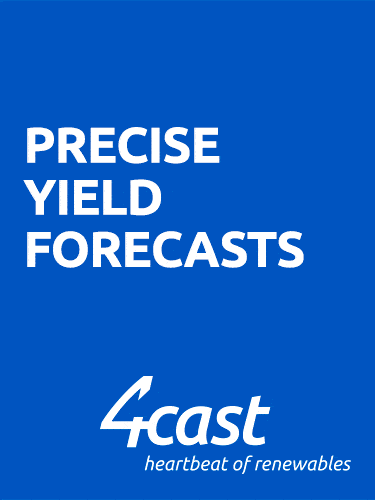
.gif)

